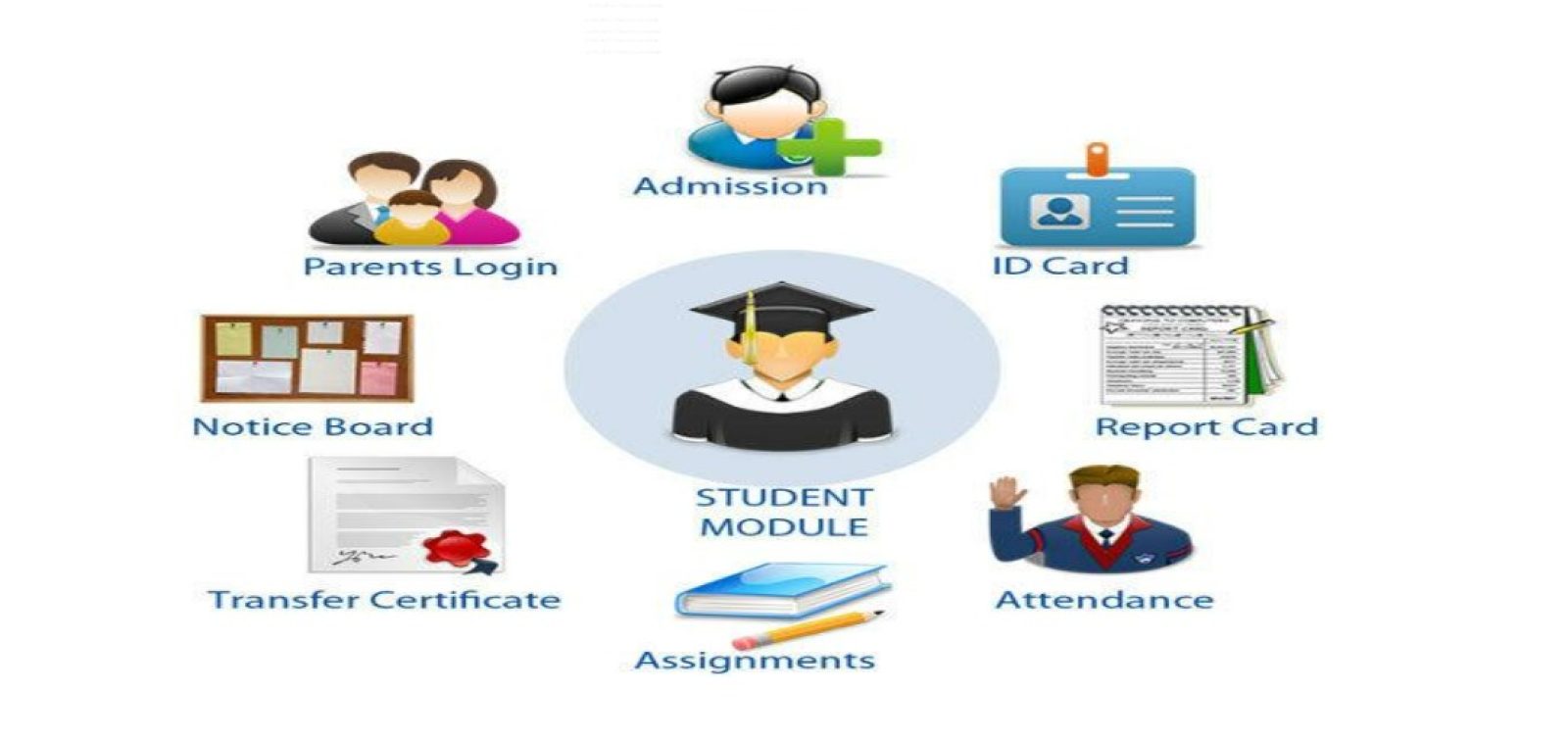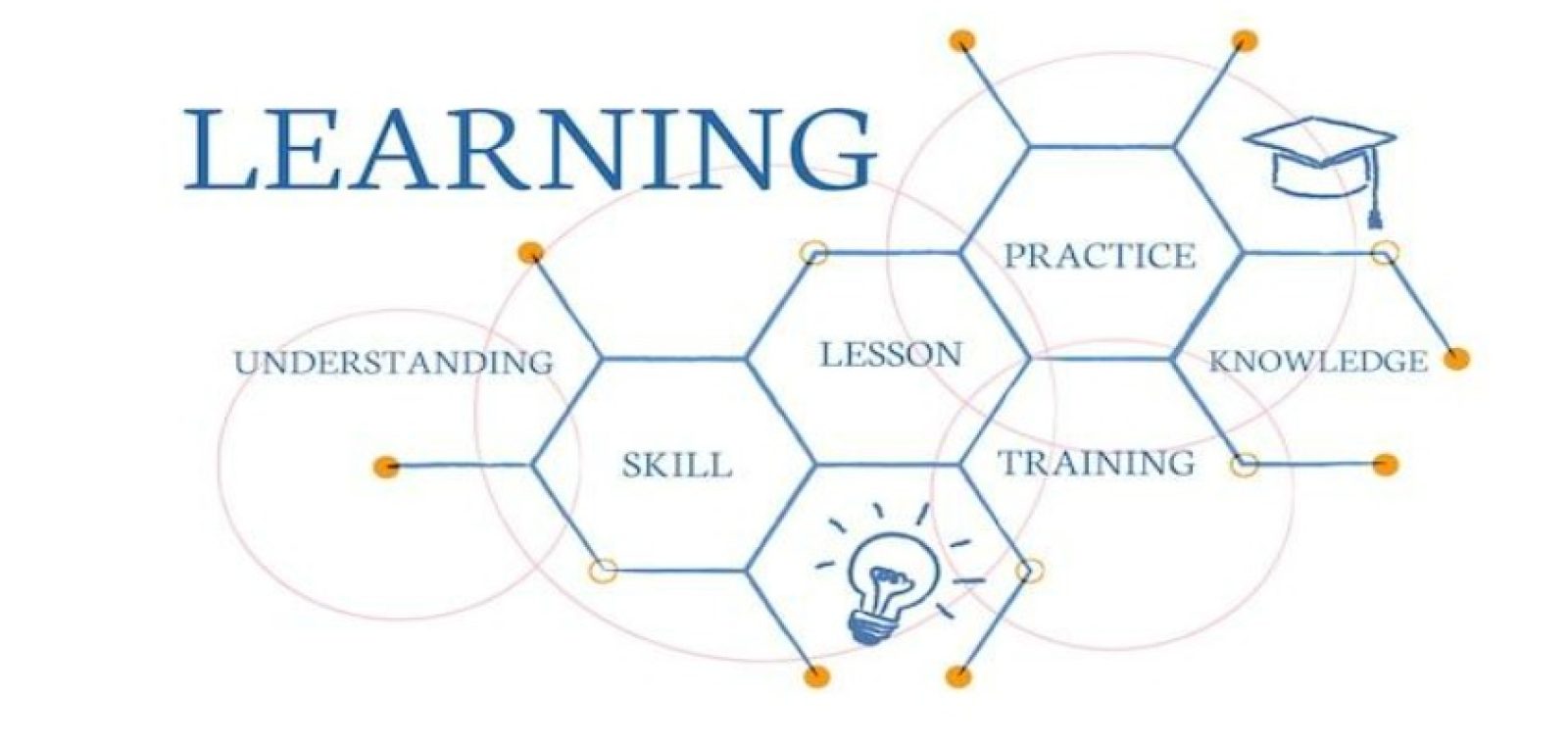How Higher Education Institutes can Strengthen their ERP Solutions using Managed Services of iCloudEMS
COVID-19 pandemic has greatly impacted the entire Education ecosystem. Not only academics but also the complete institutional management has become dependent on digital technologies to streamline the multilevel workflow of Higher Education Institutes (HEIs).
Today...
How Hybrid learning has become an adequate Education Model in Higher Education Institutes
The use of Information and Technology has been increasing since a long time. However, pandemic COVID-19 has made it to gain incredible momentum.
Shifting from Classroom learning to Online mode due to sudden closure was a challenge for educators and learners. But our...
Boost the Classroom Attendance and Minimize the attendance management with Our Cloud-Based Attendance Management System
We live in the digital world where access to any information is possible with a couple of clicks only. Although, there are immense resources present for each and every topic, yet we need a mentor who can facilitate our learning and help us to gain knowledge from the best...
What is the Impact of EMS System on Academic Performance
With the advancement of Modern Technology our educational system is getting better day by day. An automated system software ERP being modified into EMS (Educational Management System) plays a very important role in the section of Academics in the Educational Sector. It...
How digitization encourages the student-centric learning in Higher Education Institutes
In the 21st Century, technology acts as a catalyst of creativity and innovation to improve the quality and significance of education and learning. Today the youth is more interested in becoming active learners and want to govern their own learning where the major...
How workflow automation system helps in comprehensive management of Higher Education Institutes
In the last few decades, India’s education sector has seen a massive increase in the number of schools, colleges, universities, and private institutions. Admissions, teaching, timetables, fee management, examinations, and other educational duties have become complex,...
How can Higher Education Institutes Leverage Automation to Accomplish their Academic Goals
In today’s world, where everyone is surrounded by gadgets, the stakeholders in Higher Education Institutes can efficiently automate their workflow to make best of their important time and accomplish their learning goals.
Now there is no need to spend numerous hours...
How Outcome Based Education empowers Quality Learning in Higher Education
Unlike the traditional education system, that is more focussed on what teacher teach rather than what their pupils learn, Outcome-based education (OBE) places the student at the centre of the educational system and focuses on what the student is expected to achieve at the end...
The Relevance of Formative and Summative Assessment: Enhancing Transparency in Evaluation by Using iCloudEMS
The term ‘Evaluation’ is an embodiment of a specific and transparent process of assessment of the performance of the learners of a specific course/program in the educational Institutes, for a specific program that aims to measure the potential, abilities, and skills of...
How Accreditation stimulates and appreciates the Quality and Excellence in Higher Education
In today’s globalised world, quality higher education is required to foster creativity, talent, innovation and research attitude in youth but under present dynamic situations, it is critical to guarantee that the educational institute accomplishes the learning outcomes...










